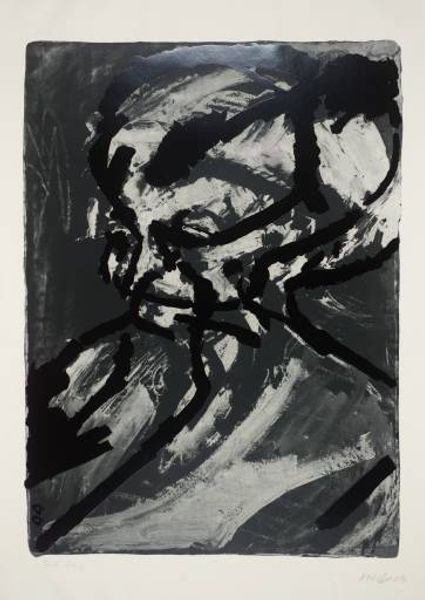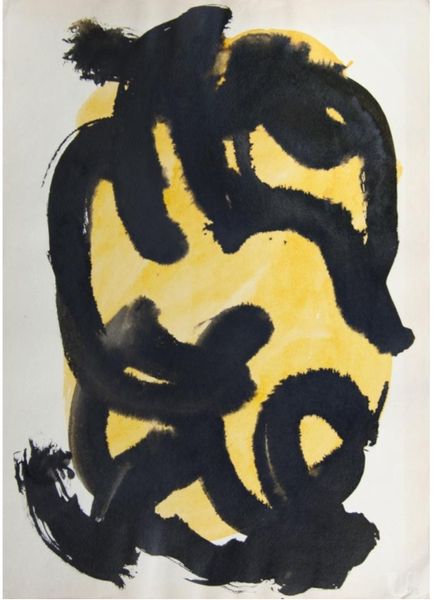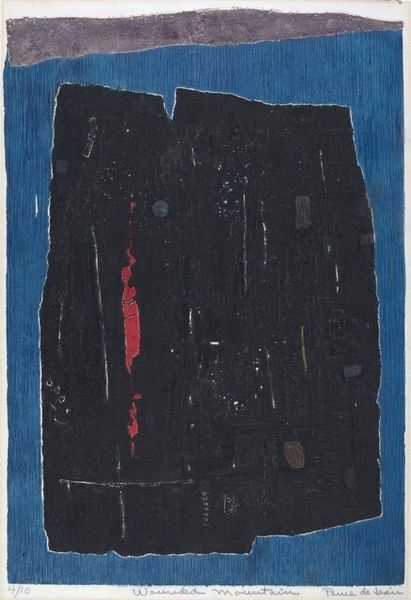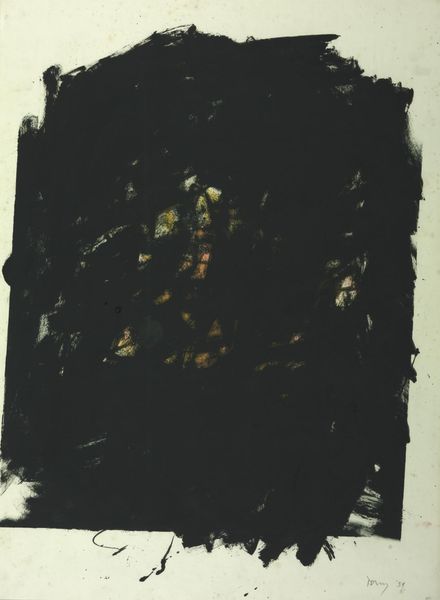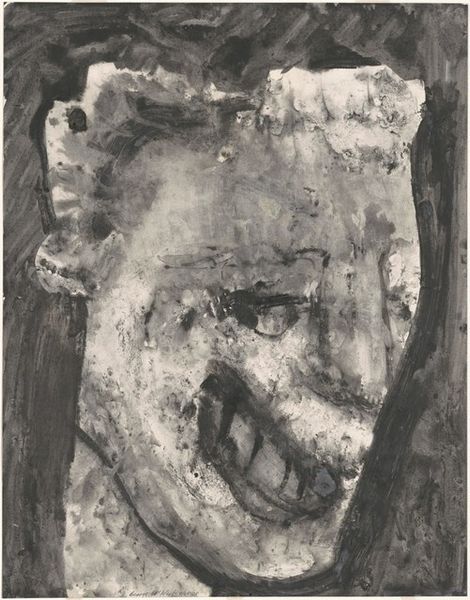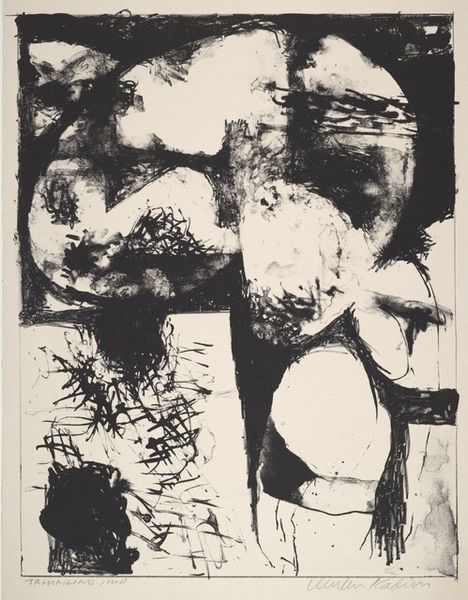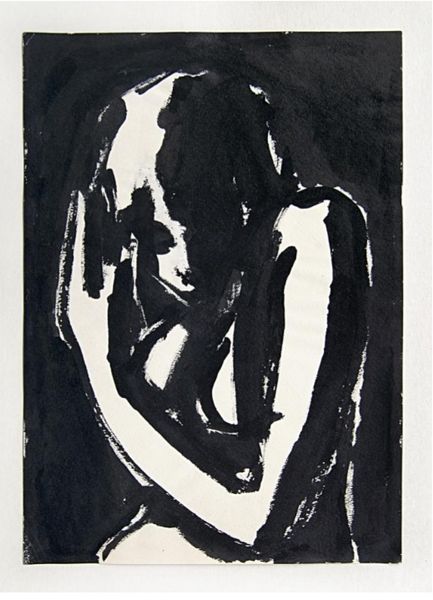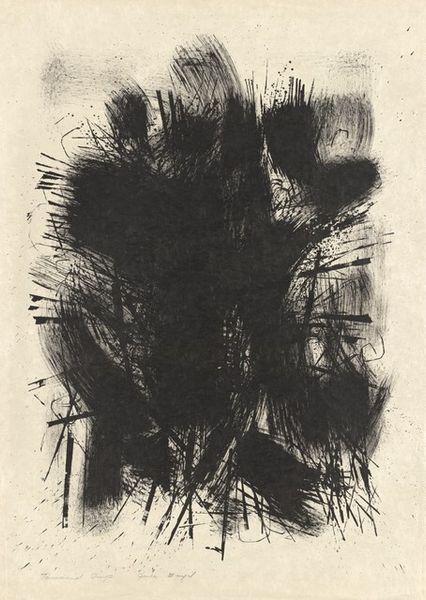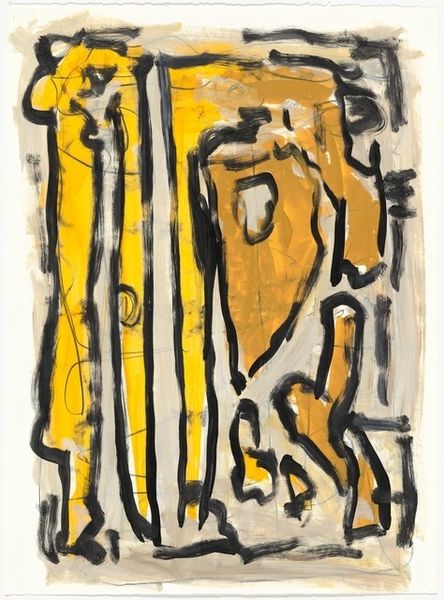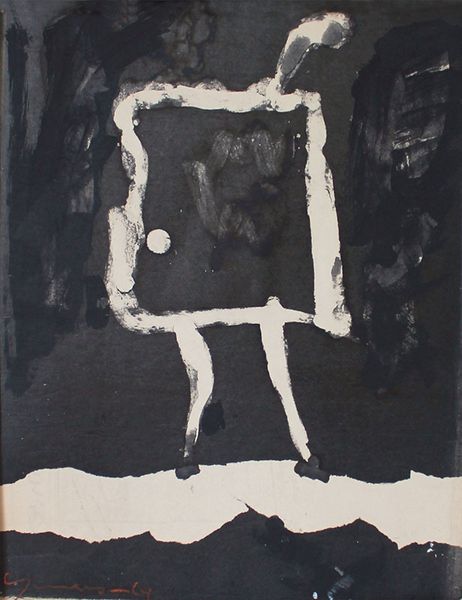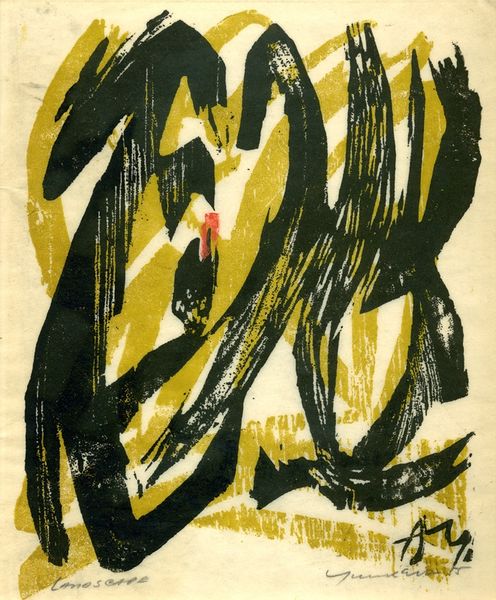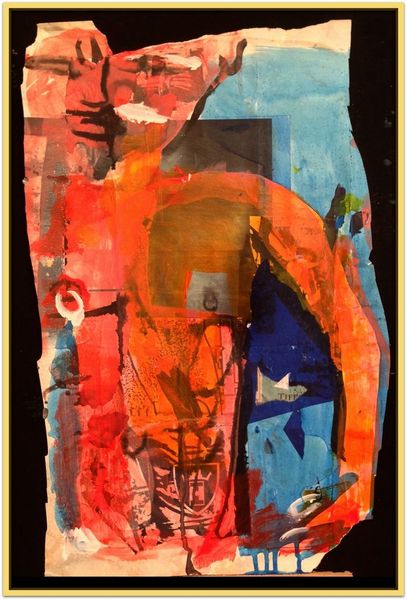
painting, acrylic-paint, impasto
#
portrait
#
street-art
#
painting
#
pop art
#
acrylic-paint
#
figuration
#
impasto
#
acrylic on canvas
#
expressionism
#
pop-art
Copyright: Richard Hambleton,Fair Use
Curator: Immediately striking—the stark contrast, that intense black figure against such a vibrant yellow. Editor: Here we have Richard Hambleton's "Shadowhead," an acrylic on canvas painting. Hambleton, known for his street art, really challenges the notion of the traditional portrait here. Curator: I'm drawn to the impasto technique. The thickness of the paint lends such dynamism to an otherwise simple form. Note, for instance, how the texture articulates the edges of the figure, creating these burst-like features around the head. Editor: I find myself considering the broader social commentary at play. Hambleton's street art engaged directly with public space, utilizing urban decay and abandoned buildings as his canvas. These "Shadowhead" figures emerged in 1980s New York, a period marked by economic hardship, the AIDS crisis, and increasing crime. These dark figures loom in the alleyways, creating social and political commentary for the everyday consumer. Curator: Interesting. For me, there's an immediacy that surpasses purely social analysis. It's like a Rorschach test – what does the darkness signify, the absent details encourage speculation? There's certainly the expressionistic rendering of fear, maybe lurking menace, a palpable sense of unease, even dread. Editor: Indeed. These pieces were often made quickly, directly on the street, and were subject to the whims of weather and vandalism, which further obscures them. But their existence, ephemeral as it was, provided commentary on property rights, public space, artistic creation, and a critique of high art. The choice of using cheap acrylic paint, often diverted from other construction sites, underscores a subversive art production model. Curator: A valid reading—the materials and their appropriation speak volumes about value and context. Though, standing here, its inherent aesthetic impact cannot be dismissed; the interplay of stark color and form is so powerfully unnerving. Editor: Exactly, this juxtaposition forces us to re-evaluate artistic intentions. By highlighting process and context, we gain new ways to appreciate how deeply intertwined his work is with social concerns. Curator: It prompts one to question assumptions on perception, whether purely aesthetic or anchored to the artist's conditions, it shifts my viewpoint substantially.
Comments
No comments
Be the first to comment and join the conversation on the ultimate creative platform.
